Black hole imaging
Category : Cosmology General News
A radiotelescope array with instruments around the planet, including the Spanish participation in IRAM, produced an image of a black hole event horizon, as announced last April 10, 2019. The result comes after a decade long effort and new developments in millimeter-wave technology (230-450 GHz).
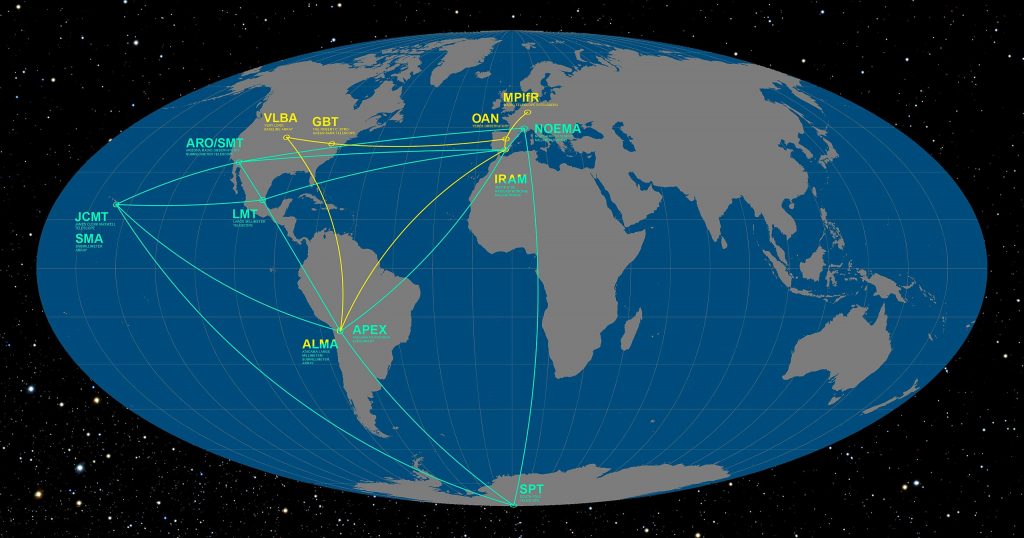

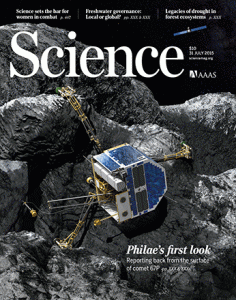

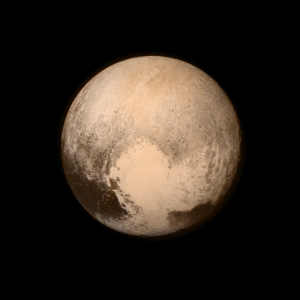
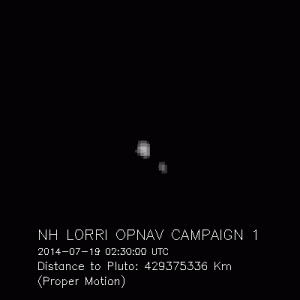
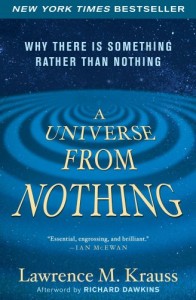
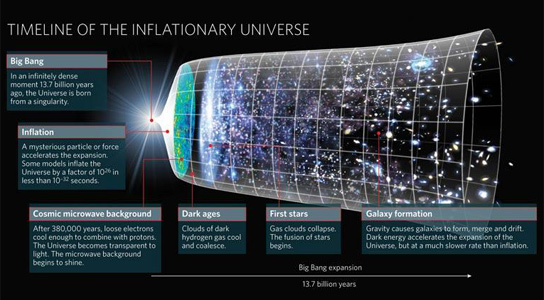
You must be logged in to post a comment.